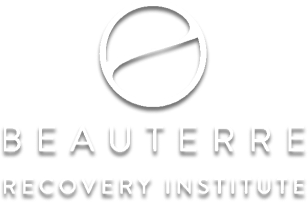God grant me the serenity to accept the things I cannot change, the courage to change the things I can, and the wisdom to know the difference. – Reinhold Niebuhr
Change is the first part of the serenity prayer and the first expected outcome when a patient enters treatment for addiction.
Patients can talk about change, consider making changes, and pray for change.
Google, “How to change!” and the computer fills with thousands of ideas and theories such as:
How to change yourself in positive ways
How to change yourself completely: 13 Steps (with Pictures)
7 Little Habits that Can Change Your Life
Change Your Brain, Change Your Life
The list is exhaustive and the ideas can overwhelm an already overwhelmed person.
The science and art of using health behavior theories reflect an amalgamation of approaches, methods, and strategies from social and health sciences. This broad range of perspectives from social and behavioral sciences are referred to “social and behavioral science theory.” – Esourceresearch
It is overwhelming and exhausting to navigate the theories, models, ideas and next right steps in regards to behavior change.
Theories and models help explain behavior, as well as suggest how to develop more effective ways to influence and change behavior.” –Esourceresearch
One popular model used consistently throughout behavioral psychology is the Transtheoretical Model of Change.
Read here for a simple explanation of this model.

Understanding how your loved one or you move through these various stages of change, helps you to have more compassion and patience for the process.
In addition to this model, we have gathered four helpful tips to help you navigate the confusing world of behavior change:
- Facts don’t motivate people for long term change. – “Rewards just motivate people to get rewards. When the rewards go away, people stop.” – How to Motivate People: 4 Steps Backed by Science
- Pain and pleasure are primary motivators. “Feel something. We often talk about people being motivated by revenge, jealousy, fear, passion…what do these all have in common? They are all feelings. And they’re all powerful motivators. We rarely do anything we don’t feel and it’s very hard to resist things we do feel. It is how your brain is structured.” – Time
- Lasting change takes time – Quick fixes are just that, quick. “Making the changes that you want takes time and commitment, but you can do it. Just remember that no one is perfect. You will have occasional lapses. Be kind to yourself. When you eat a brownie or skip the gym, don’t give up. Minor missteps on the road to your goals are normal and okay. Resolve to recover and get back on track.” – APA.org
- Change happens in community. Family and community are very important during addiction recovery. It is crucial to surround yourself with healthy, non-addicted individuals as they will be a support system during your path to recovery.
Are you or someone you love wanting to change? Don’t let the research and models overwhelm or scare you away. Change is possible. Recovery is possible.
Start with the serenity prayer.
Then talk with someone about the stages of change you might be in. Could they help you move to the next stage?
We are here to help you find the change you need to live your life free from addiction.
Call us at 1-855-211-5869
We are here to help!
 Beauterre Recovery Institute
Beauterre Recovery Institute
